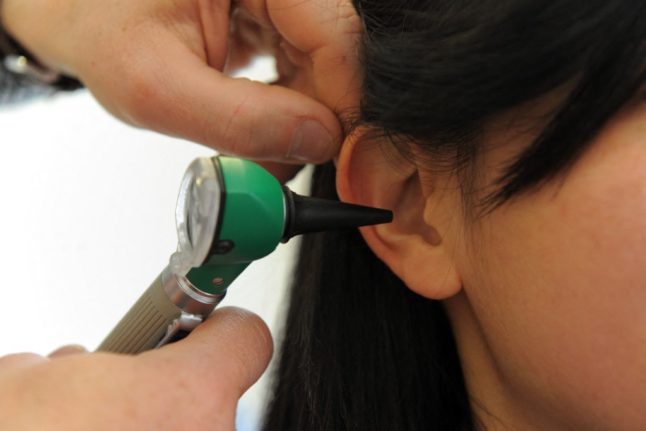The carte vitale (French healthcare card) is a vital part of everyday life in France. It helps smooth the business of healthcare by making the whole payment-reimbursement process straightforward and painless.
Foreign residents of France who have been legally resident in the country for more than three months can be eligible for a carte vitale, but requesting one can be time consuming.
READ ALSO How to get a carte vitale in France and why you need one
While you wait for your carte vitale after having applied, you are still entitled to reimbursements. Enter the feuille de soins (care sheet) – a useful surviving relic of the days before computers.
Technically, one of these is completed every time anyone in France goes for a health appointment – but, for most people, the whole process is taken care of electronically thanks to the wonders of 21st-century technology and their plastic carte vitale.
When would you get an old paper feuille de soins?
If – for whatever reason – you don’t have your carte vitale or cannot use it (perhaps because technology has temporarily failed), then you can pay upfront and ask the doctor or pharmacist for a feuille de soins.
Feuilles de soins are also given by medical professionals to visitors to France using Ehic or Ghic cards, who need to apply for reimbursement later.
And some medical professionals use feuilles de soins rather than the standard carte vitale system. So, if you receive treatment from them, you will be given one of these documents.
It is, for all intents and purposes, a receipt confirming you have received certain medical care at a certain price.
What do you do with a feuille de soins?
Complete the document. You will need to fill in your first and last name, your social security number (if you have one), as well as your birth date.
The healthcare professional will have already completed the first part with:
- Their professional number, known as the Adéli number;
- The nature of the procedure and the date performed;
- The amount of the service and validation of payment by the patient (known as an acquittée invoice);
- The healthcare professional’s signature.
Don’t forget to sign it. Even if the treatment form is pre-filled, it’s a good idea to check the information is accurate before signing. If the patient is a minor, their legal guardians are responsible for this section.
Then you send it to the social security organisation to which you are attached.
For most people in France, this is the general Health Insurance scheme – certain professions, such as farmers, have a different set-up.
Meanwhile, the majority of people should send the paper feuille de soins to their primary health insurance fund (CPAM) either by prepaid post or by dropping it off at one of the nearest office. To find out the address of your primary health insurance fund, consult the Ameli website.
READ ALSO Carte vitale: What your French health insurance card entitles you to
Do I have to do this every time?
No. You may amass a number of feuilles de soin if you are in need of regular health visits, or if you visited a medical professional while waiting for your carte vitale to arrive. The good news is that they are valid for up to two years, so you don’t need to buy many extra stamps, or make repeated trips to your nearest CPAM office.
Be aware that it may take up to three weeks for any reimbursement to be paid this way, compared to the seven days or so it takes via the modern, automated carte vitale system.
How much will I be reimbursed?
This depends on the sector of the doctor you visited, as well as whether or not they are a specialist.
READ MORE: ‘Conventionné’: Why you should find out what ‘sector’ your French doctor is
Appointments with Sector 1 physicians are reimbursed at the standard rate of 70 percent by French social security. If you have a mutuelle (top-off private health coverage), then your plan may cover the remaining fees.
While appointments with Sector 2 doctors are also reimbursed at the same 70 percent rate as Sector 1 practitioners, the reimbursement does not take into account any extra fees (dépassement honoraires) added on.
On top of the reimbursement from Assurance Maladie, you will receive an additional reimbursement if you have top-off health insurance (a mutuelle).



 Please whitelist us to continue reading.
Please whitelist us to continue reading.
Member comments